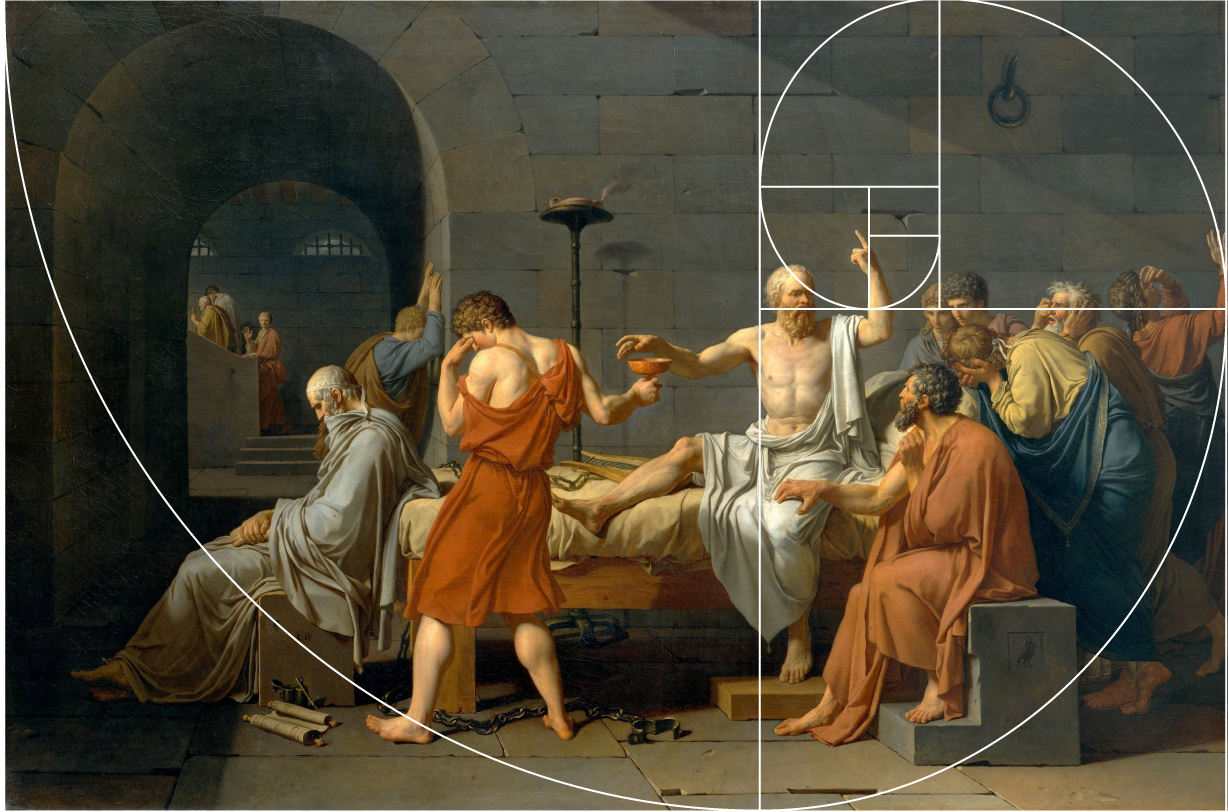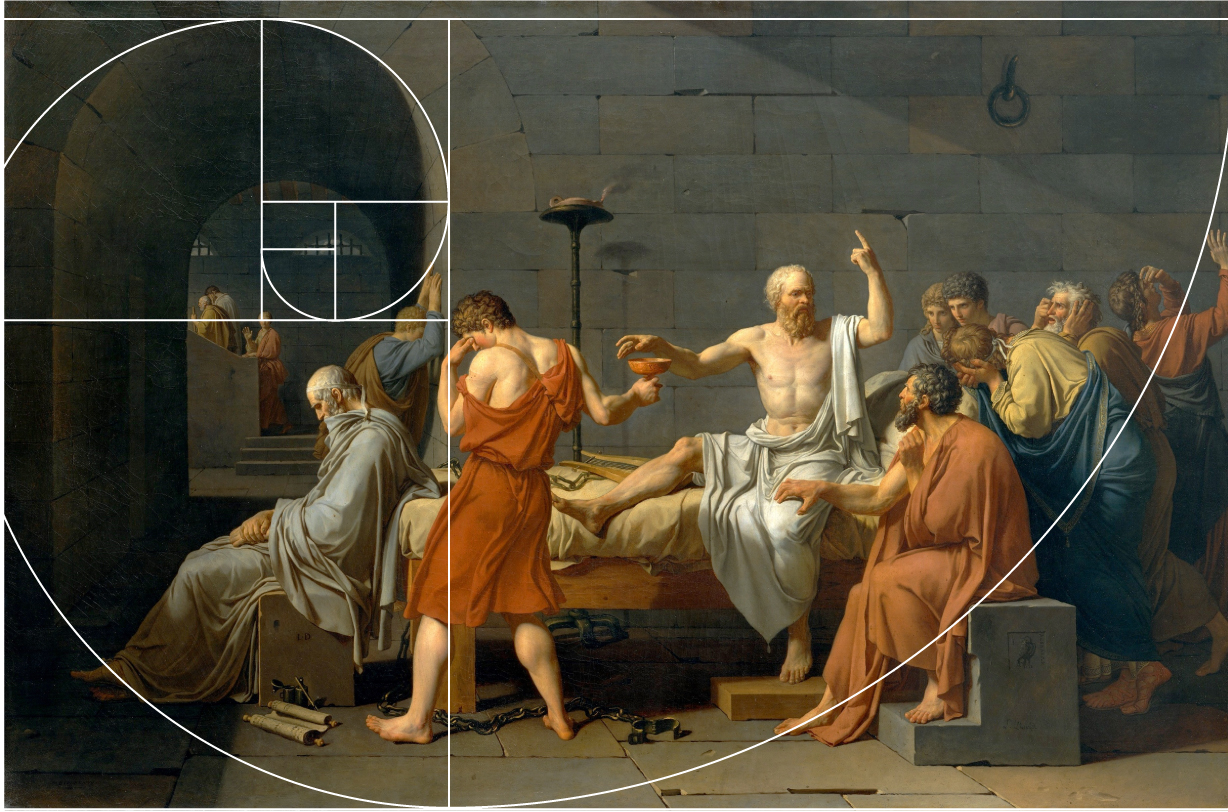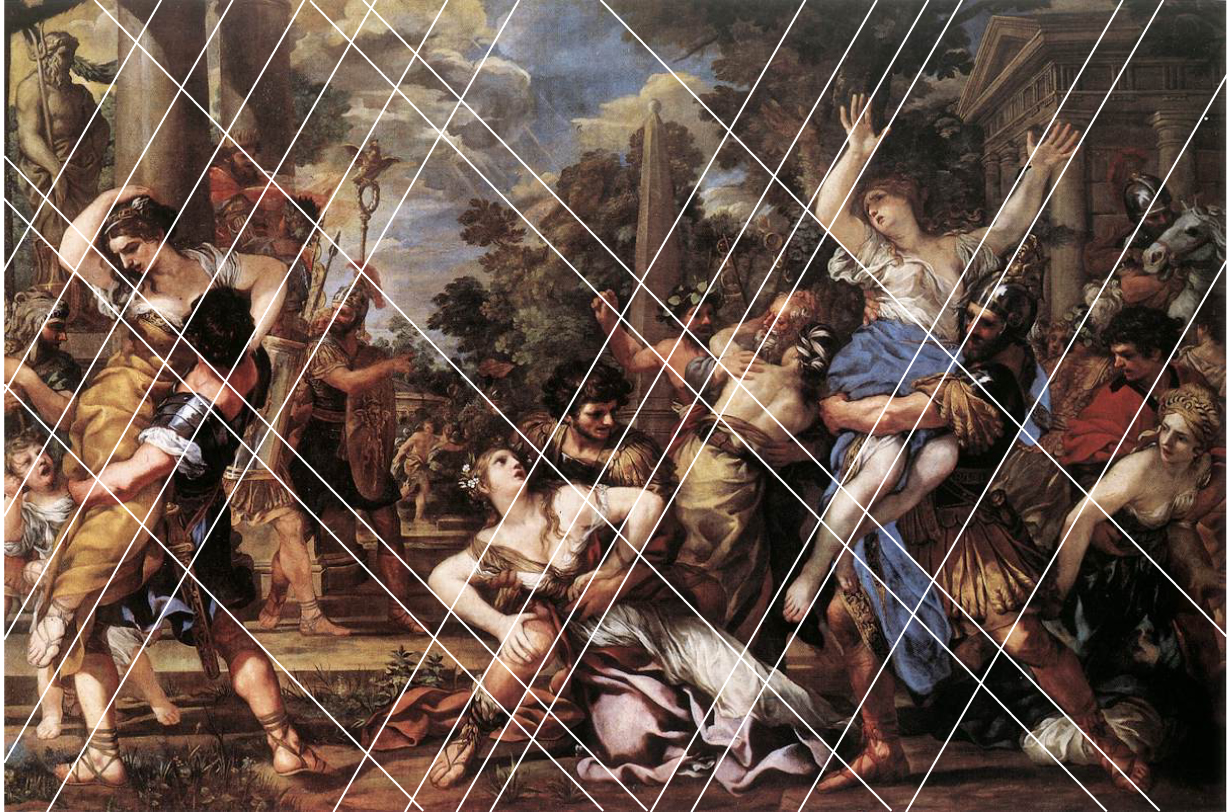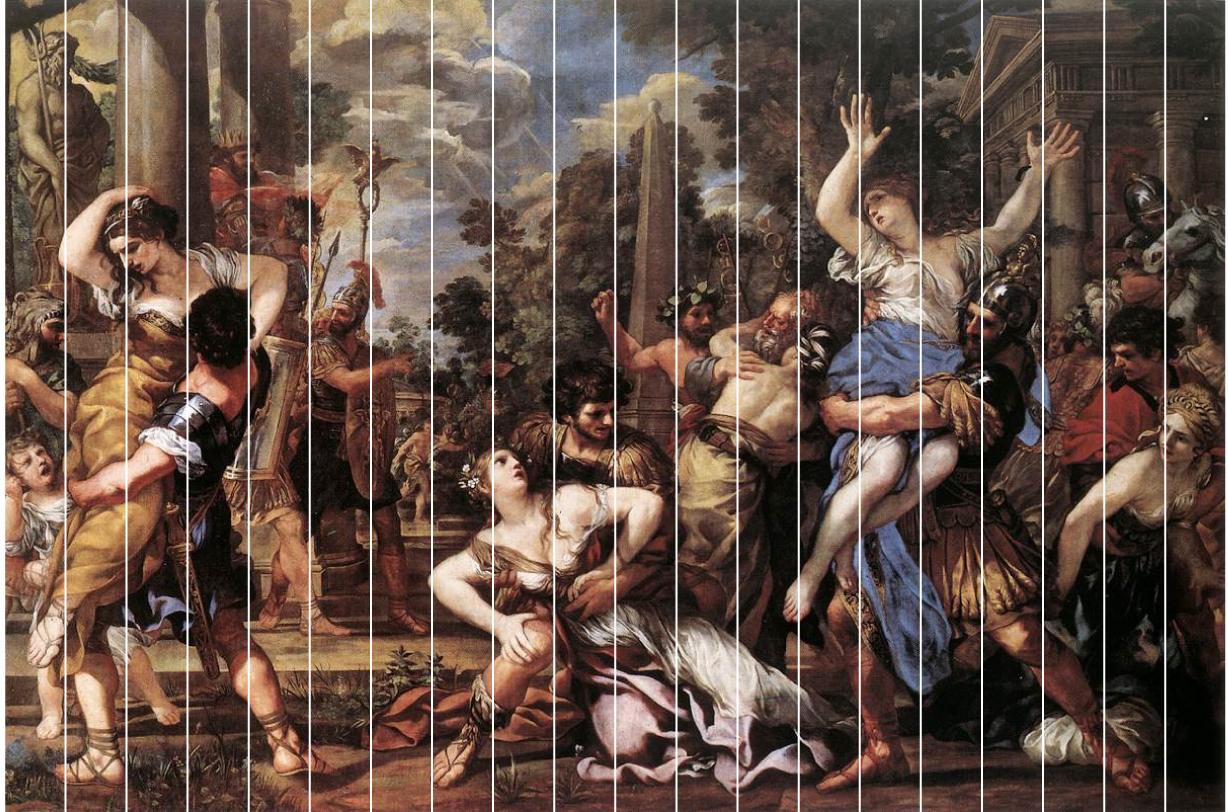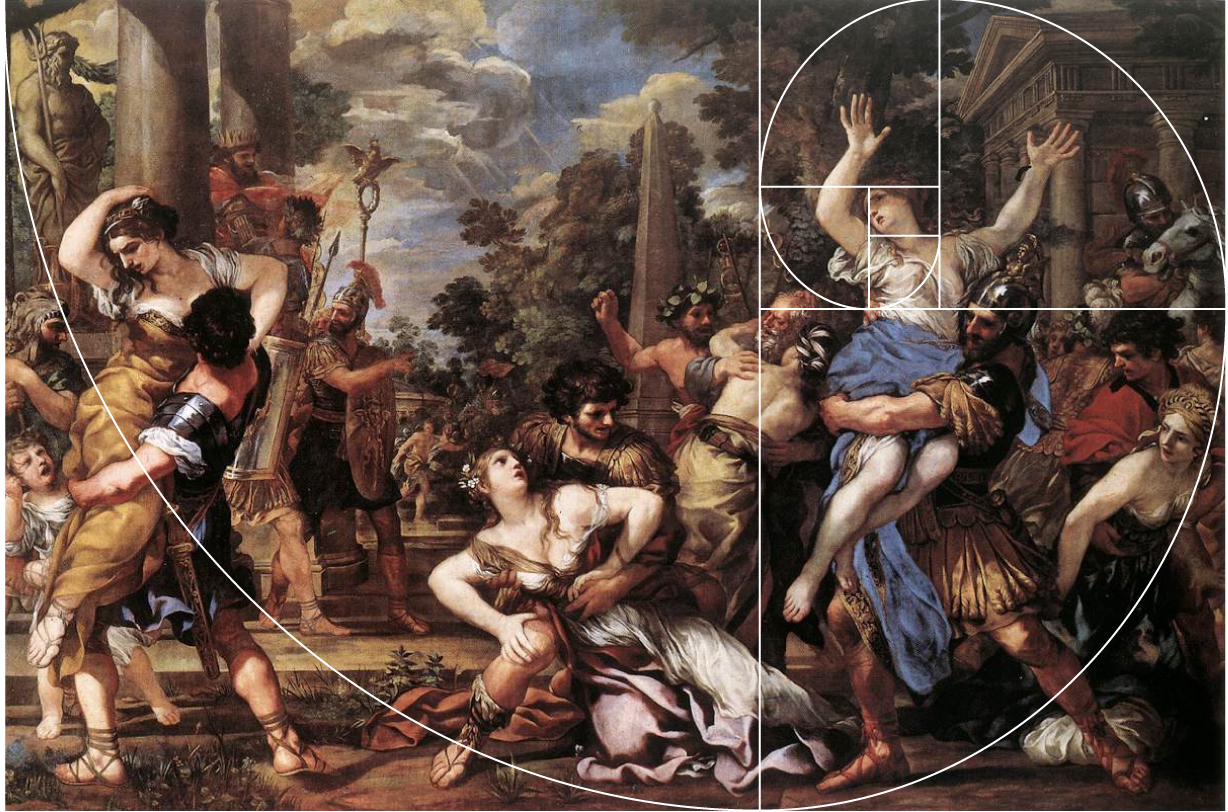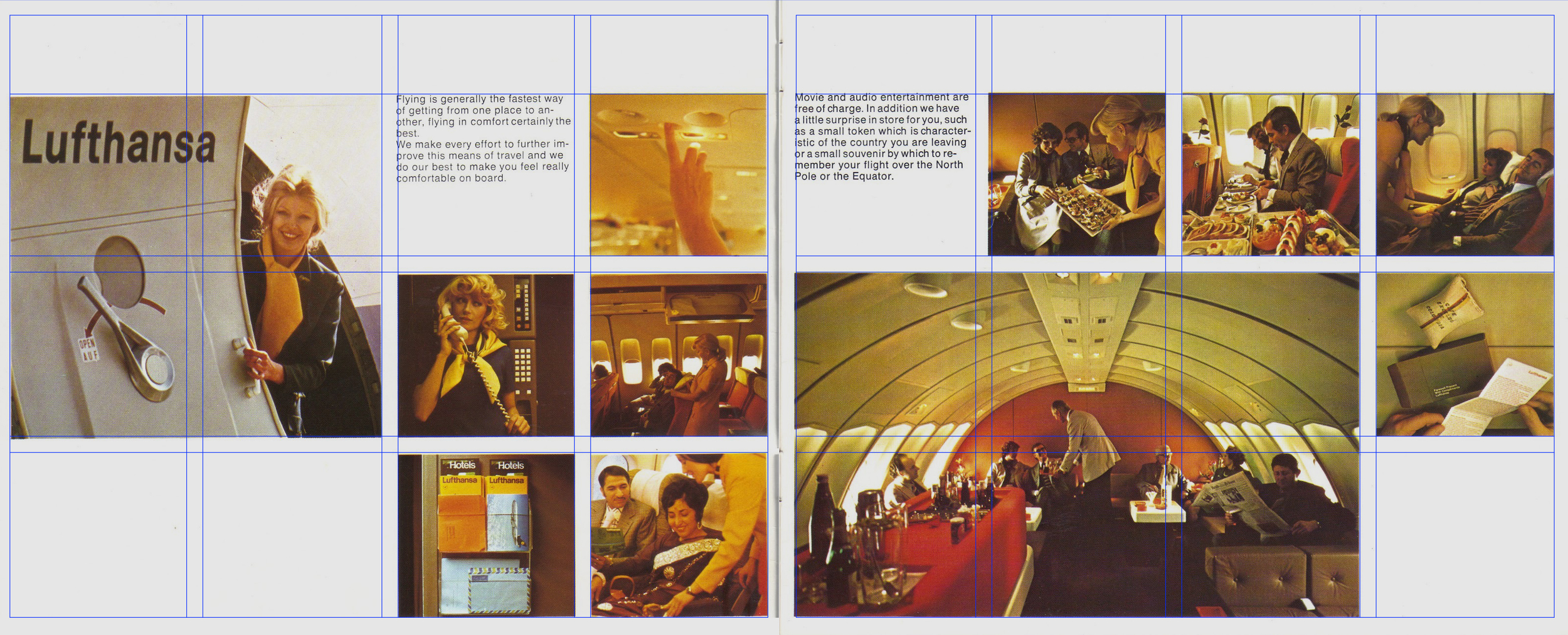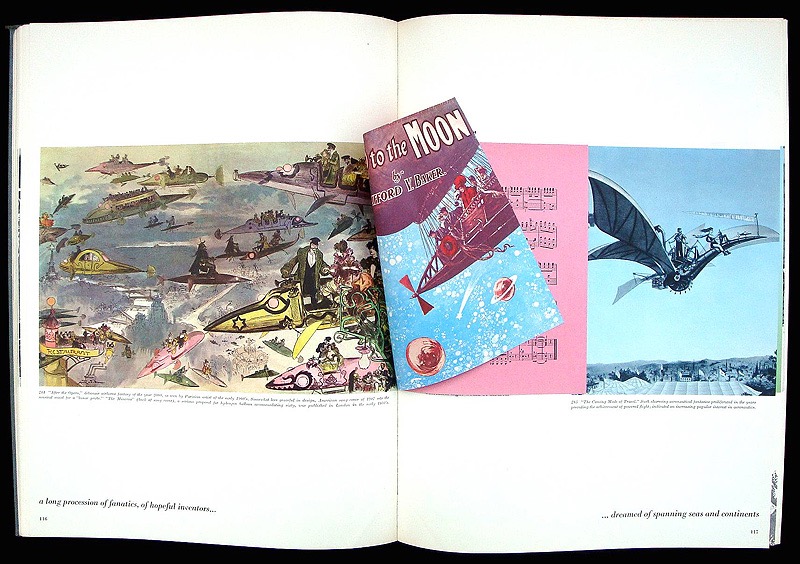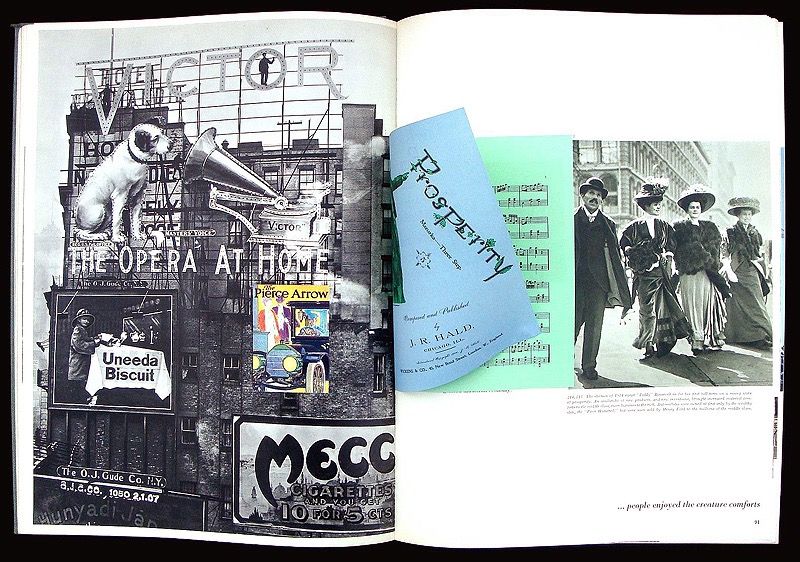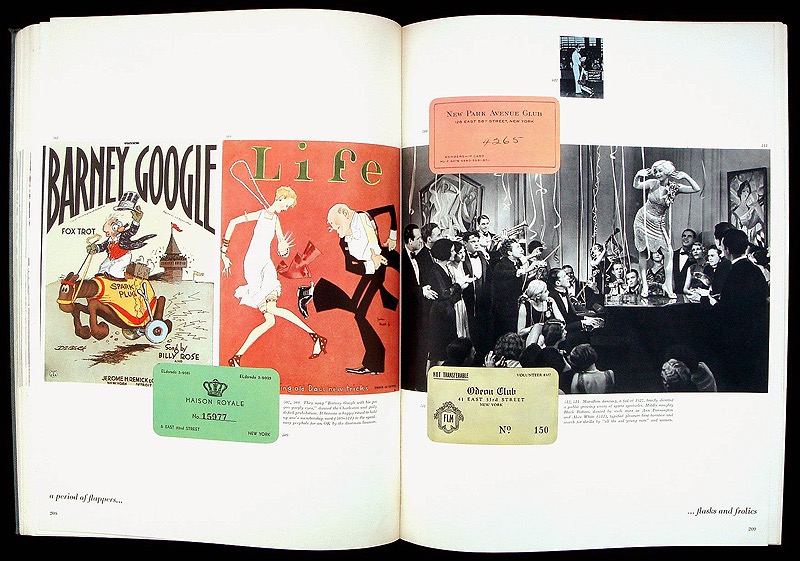Grids and Death
My course on grids, Foundations of Layout and Composition: Grids, was released on Lynda.com this week. I like grids, but I know many others don't. So I knew it was a hard sell to convince someone that the grid wouldn't hurt them. It was a friend, ready to step in and clean up.
You'd think it would be easy to slap the same structure on every project. But where's the fun in that? So how can you find inspiration in the grid world? If I find something interesting, I save it and dissect it. I want to understand how it was structured. It's like classic painting education when a student sat at the Louvre and copied a master to learn technique.
I especially love the weird-ass grid that makes no sense. Erik Nitsche's book series on science has a wonderful grid. I still don't understand it. It's remarkably complex, but works. Of course, you can't go wrong with Josef Müller Brockmann. He gives good grid. And every once in a while I'll find something entirely unknown and marvel at the structure like this Lufthansa catalogue from the 1970s.
The most wonderful finds are the unexpected. Looking at the Rape of the Sabine Women (1627) by Peitro da Cortona, I began to see the grid. And then again with The Death of Socrates (1787) by Jacques Louis David. It was like a transcendental moment when one glimpses into another world. Yes, I'm that geeky.

